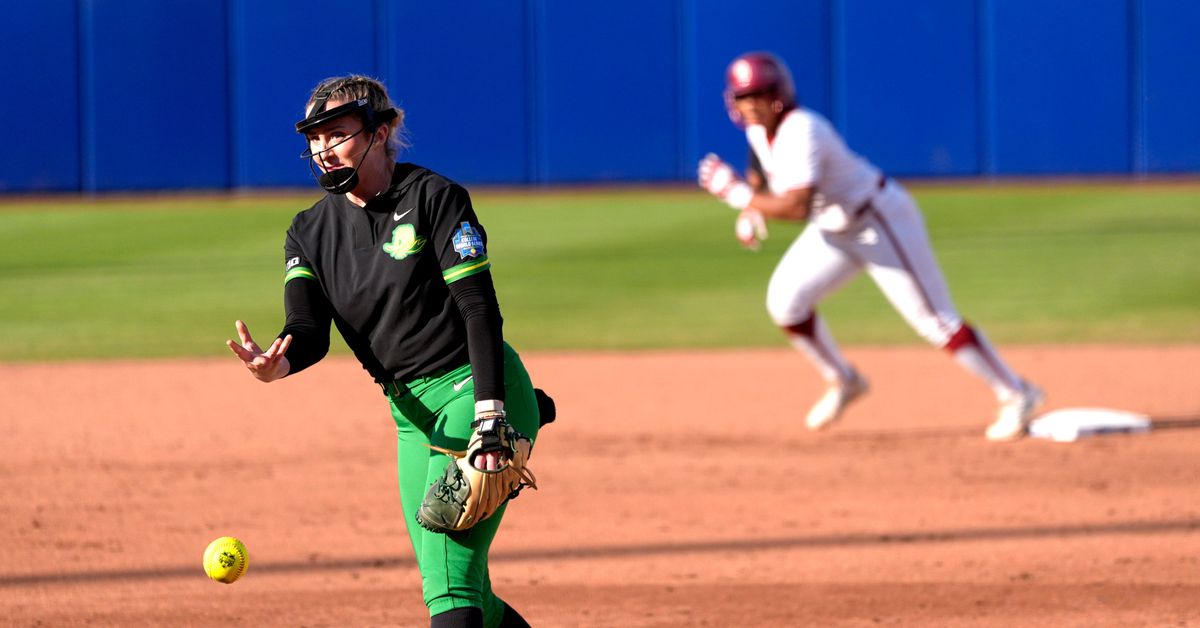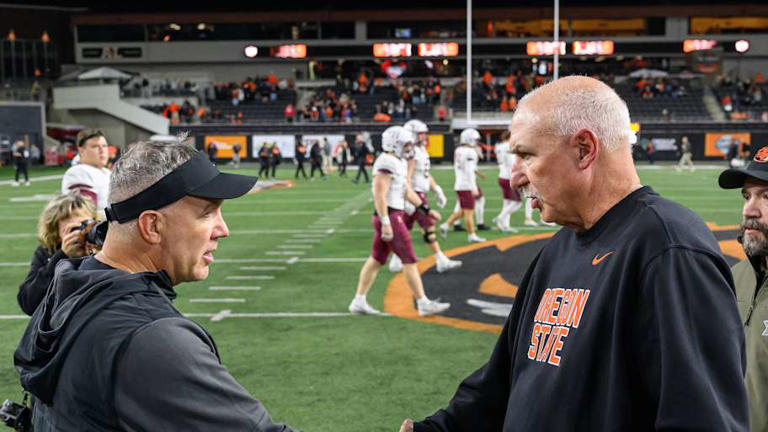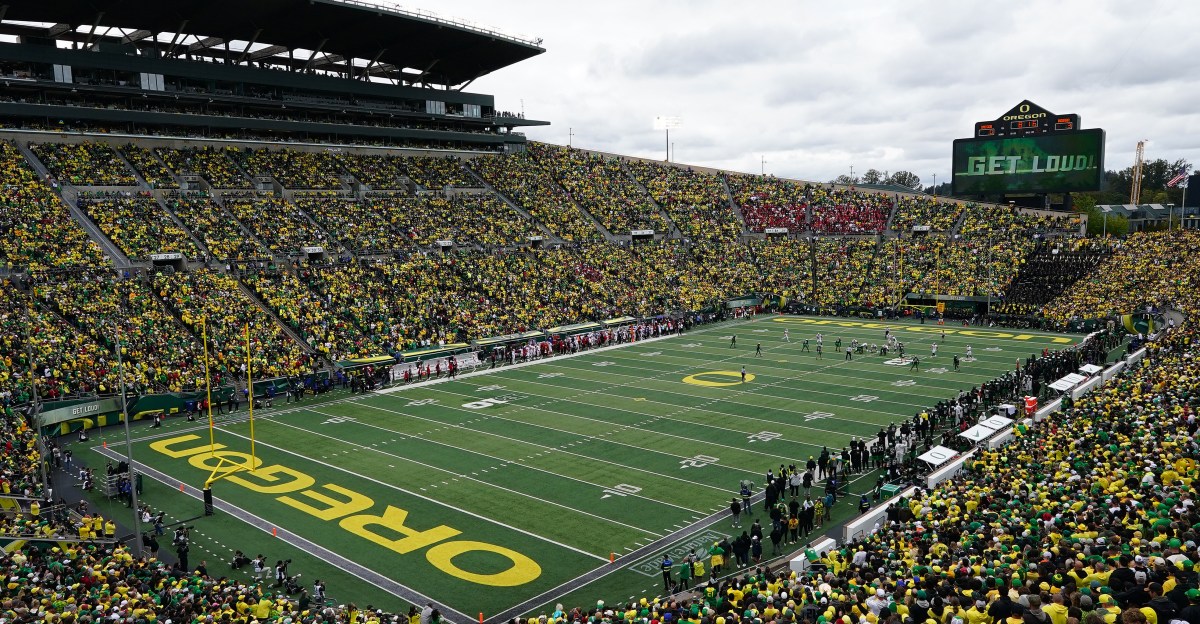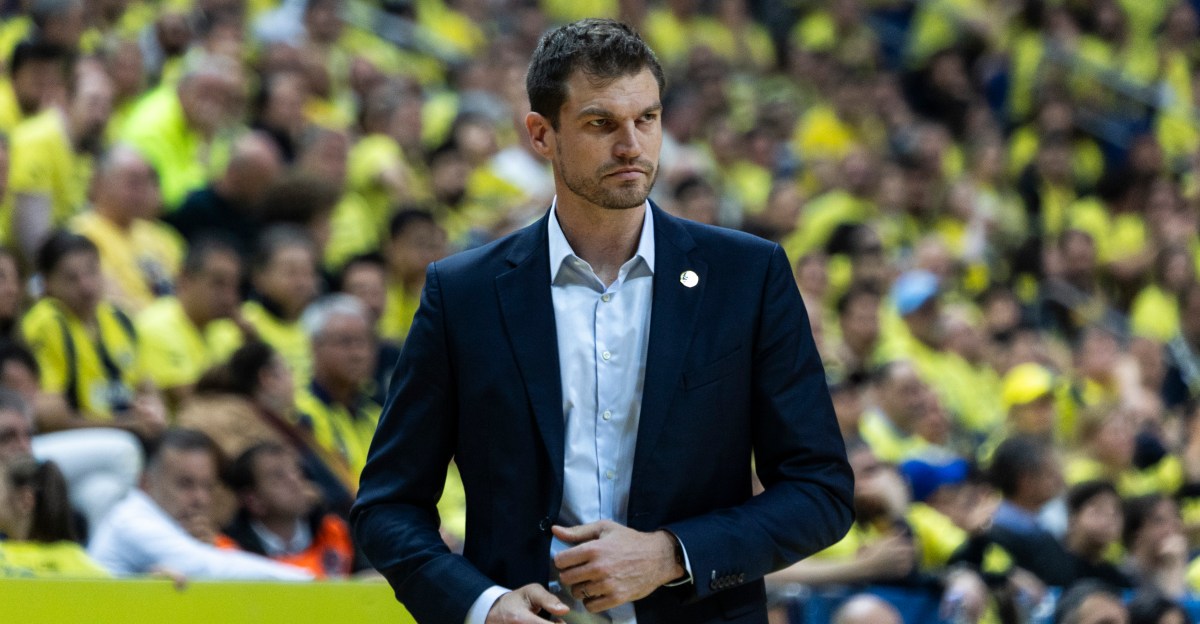Oregon Ducks Softball: Second Year Pitching Slumps
Following their first Women’s College World Series appearance of the Lombardi era, I took a look at the pitching in 2025 and how it compared to other recent WCWS teams. The numbers indicated there was room to improve.
After listening to some remarks hythloday made on a recent podcast I wanted to take a second look. Most recently with Taylour Spencer, there has appeared to be a phenomenon where pitchers do well in their first year as a part of Oregon’s rotation but then experience a “sophomore slump” (whether they truly are sophomore’s as far as eligibility or it is just their second year in the program). Do the performance statistics support this perception?
The most detailed performance statistics I have been able to find come from d1softball.com. Since the 2020 is bad data to analyze for obvious reasons, and 2019 was Lombardi’s first year with the program, as with my previous articles I only looked at performance numbers from 2021-2025. Of all the performance metrics available, I chose four to concentrate on. These are briefly described below, and full formulas can be found here.
ERA – Earned Run Average estimates how many runs a pitcher will surrender in the course of a given game. It is computed by taking the total earned runs a pitcher gives up, dividing by innings pitched, then multiplying by 9.
WHIP – Walks Plus Hits per Inning Pitched adds the total number of base hits and walks a pitcher gives up, then divides by the number of innings pitched. The result estimates how many players a pitcher will allow on base in a typical inning.
xFIP – Expected Field Independent Pitching attempts to produce a measure similar to ERA but that only depends on aspects of the play in a pitcher’s control. Essentially it tries to measure the number of runs a pitcher would give up if they had league average fielding on defense. Additionally, xFIP substitutes a league wide average of home runs per fly ball rather than using home runs directly. This is meant to adjust for pitchers whose home parks are easier to hit homers in.
SIERA – Skill-independent Earned Run Average also attempts to replace ERA with a statistic that is independent of the defense outside of the pitcher’s performance. The major difference between SIERA and FIP is that SIERA takes into account the type of hits a pitcher gives up, so pitchers who give up more pop-ups and grounders than line-drives will have a better SIERA than FIP.
Going in chronological order, we find a perfect case to examine in Makenna Kliethermes, who was on the roster in 2020 and saw significant action in both 2021 and 2022 before transferring to Ole Miss in 2023.
:no_upscale()/cdn.vox-cdn.com/uploads/chorus_asset/file/26044228/mk_2021_2022.png)
Though Kliethermes role in the circle expanded significantly in her second year, all of her performance metrics suffered. The advanced stats in particular show her pitching declined markedly.
Kliethermes’ team mate Raegan Breedlove spent her entire career at Oregon, mostly as a reliever but most used in 2023.
:no_upscale()/cdn.vox-cdn.com/uploads/chorus_asset/file/26044234/rb_2021_2024.png)
One doesn’t need advanced stat formulas to see that an increase in over four earned runs per game average indicates a deep sophomore slump. Breedlove never regained her freshman form even in her most active 2023 year, though part of that could be that she was seeing action against stronger batting lineups as part of the regular rotation. Worryingly, a second slump saw her circle time decline in 2024 with other options available.
Stevie Hansen spent her first two seasons at Oregon as part of the regular pitching rotation before being relegated to a reserve role in 2024 and transferring to ‘that school to the north’ in 2025.
:no_upscale()/cdn.vox-cdn.com/uploads/chorus_asset/file/26044252/sh_2022_2024.png)
Going by the raw numbers, Hansen seems to have avoided the ‘sophomore slump’ in 2023. However, her advanced stats show a continuing decline in performance over her Oregon career. This suggests she may have benefited from a combination of better defense around her, and possibly weaker overall batting line ups, in the 2023 season.
Morgan Scott is an interesting case to examine as she transferred to Oregon in her fourth year of college softball after starting at UNC Greensboro.
:no_upscale()/cdn.vox-cdn.com/uploads/chorus_asset/file/26044277/ms_2023_2024.png)
Scott’s ERA and xFIP do suffer in her second year, though by little enough that one might think the batters she faced in 2024 have more to do with that than her performance. The jump in SIERA is more difficult to excuse, so I would conclude her pitching suffered a bit in her second year at Oregon as well as facing more capable batters.
We now reach players who are still on the team. Elise Sokolsky started for Connecticut as a freshman before transferring to Oregon in 2023. Her 2023 numbers should be taken with a hefty grain of salt, as she only pitch 15 innings all season. Even with this proviso, she provides a pleasant surprise.
:no_upscale()/cdn.vox-cdn.com/uploads/chorus_asset/file/26044287/es_2023_2025.png)
Sokolsky became a valued member of the rotation in 2024, overcoming the transition period she experienced in 2023. Moreover, all of her performance metrics improved in her second season as a full time starter in 2025. At least some of this improvement is likely due to facing Big Ten as opposed to former Pac-12 batting line ups, but the numbers indicate it is extremely unlikely her performance was worse in 2025. Sokolsky, at least, seems to have dodged the second-year slump.
Finally we come to player who inspired me to look into this phenomenon in the first place, Taylour Spencer. Spencer saw significant action as a freshman in 2024 with over sixty innings pitched, but was pulled from the rotation early in the 2025 season due to disappointing performance.
:no_upscale()/cdn.vox-cdn.com/uploads/chorus_asset/file/26044301/ts_2024_2025.png)
I would have to do a deep dive into Spencer’s raw numbers and the respective formulas to figure out why her advanced stats performance actually improved in 2025. The one metric that matters most is the scoreboard, however, and given the sharp jump in raw ERA it is not surprising that Spencer spent conference play and the post season in the dugout.
Taking all of these cases together, the reasonable conclusion is that Oregon does have an issue with second year pitchers declining in performance. This raises two major questions for the 2026 season:
- Lyndsey Grein had an up and down season in 2025, what happens if she suffers a ‘second-year slump’ of her own?
- Can Spencer recover in her third year and become a regular part of the rotation?
Just looking at the performance metrics doesn’t give a good idea of what the root of this issue is, let alone how to fix it. A reasonable conjecture was given by hythloday on the podcast however, and it comes from a very knowledgeable source. Jordan Dail was brought in from Virginia Tech in Coach Lombardi’s first year and carried the majority of the pitching load for the 2019 team. I didn’t include her in this analysis as her career was interrupted by the 2020 pandemic season, but if you look at her raw numbers she does seem to experience a similar slump in her second full season with the team in 2021 before becoming a regular reliever in 2022.
Dail has a podcast of her own where she discussed a wide range of experiences she had as an elite college athlete. An entire episode is dedicated to the mental health issues she experienced during her “slump” year of 2021. Part of what she describes is the nature of the psychological stress all pitchers at high level college programs experience. To be very clear: she does not indicate Lombardi’s program is in any way abusive of its players or more stressful than other high level programs. It does leave open space for a more nuanced possibility that it would behoove the Oregon softball staff to investigate: are the Ducks doing enough to actively assist, support, and provide resources to their players to manage the psychological stress of being high level college athletes?
This is not a question that can be answered by investigating performance statistics. But if the program wants to change the trajectory their pitchers have experienced during Lombardi’s tenure, it is clear that some kind of change is necessary.
Share this content:















Post Comment